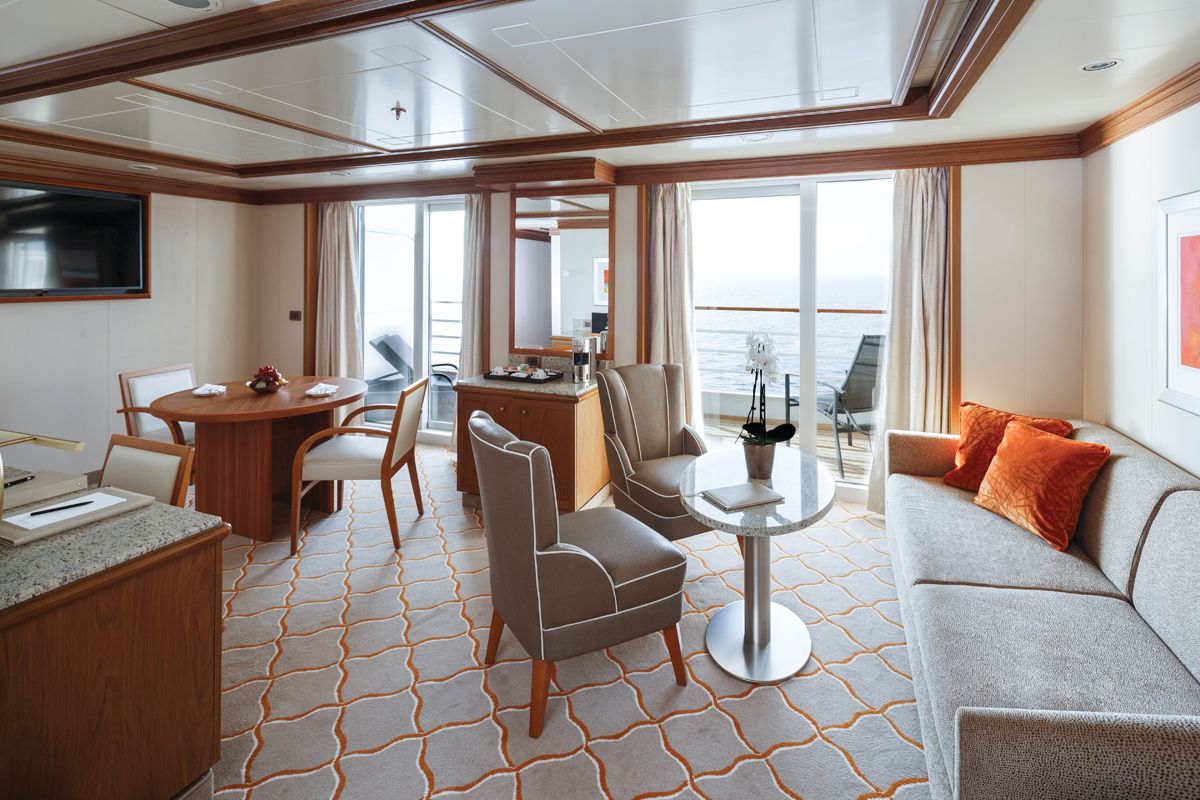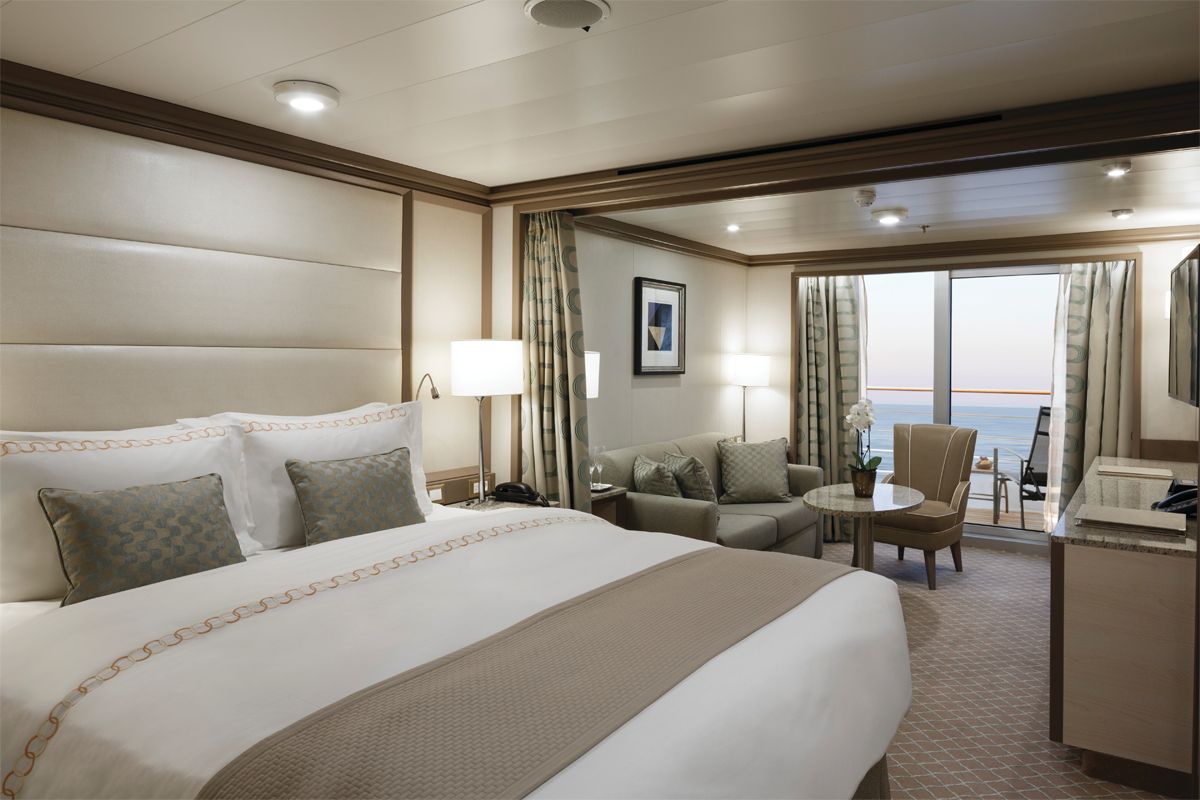

Go beyond your boundaries and explore the world as never before.
La Digue is the fourth largest inhabited island of the Seychelles (though only 5 km [3 miles] long and 3 km [2 miles] wide), and the real deal when it comes to a laid-back tropical paradise. Only 6.4 km (4 miles) from Praslin (about a 15- to 30-minute ferry ride) and 43 km (27 miles) from Mahé, little la Digue nonetheless feels a world away. With no natural harbor, La Digue is protected by a coral reef, which, together with masses of colossal pink granite boulders, encircle and protect the island. Streets here hum the quiet rhythm of local life: a melody of ox-carts and bicycles, paths shaded by flowers and lush vegetation, and old colonial-style houses that speak of times past. Named in 1768 after a ship in the fleet of French explorer Marc-Joseph Marion du Fresne, La Digue's economic mainstays used to be vanilla and coconut oil. The island's fabulous beaches, lush interior, and colonial charm have made tourism its number-one industry today. The island's population of about 2,000 mostly reside in the west coast villages of La Réunion and La Passe.
World Cruise Finder's suites are some of the most spacious in luxury cruising.
Request a Quote - guests who book early are rewarded with the best fares and ability to select their desired suite.












